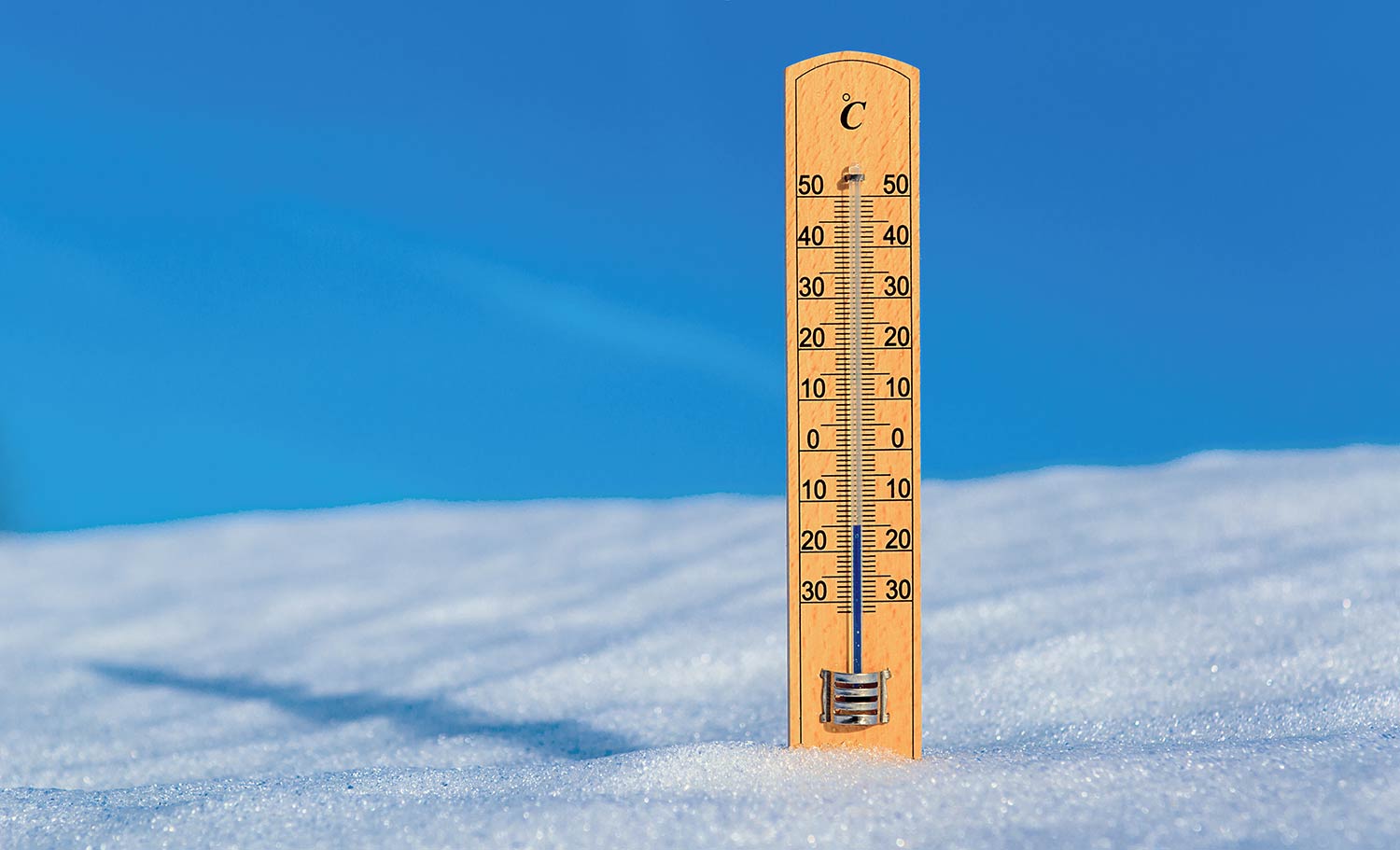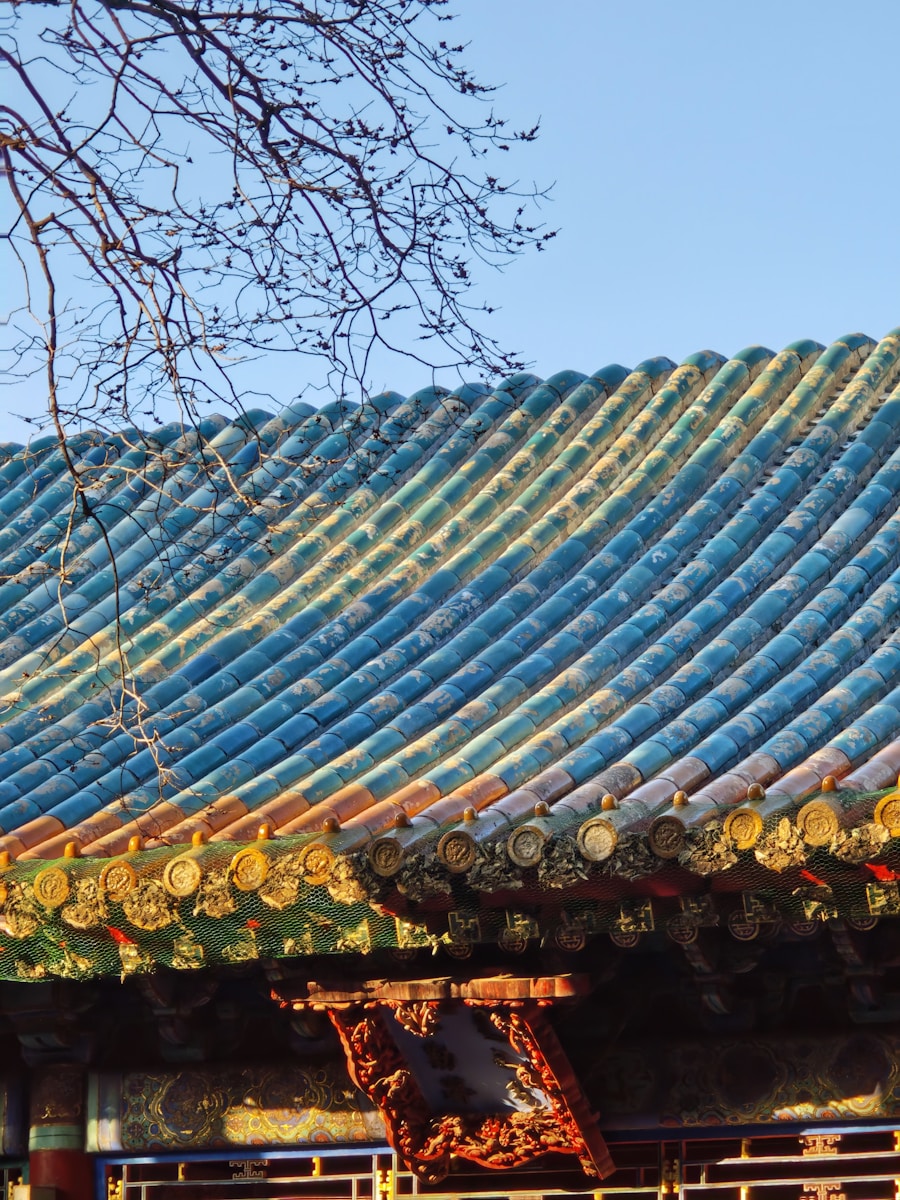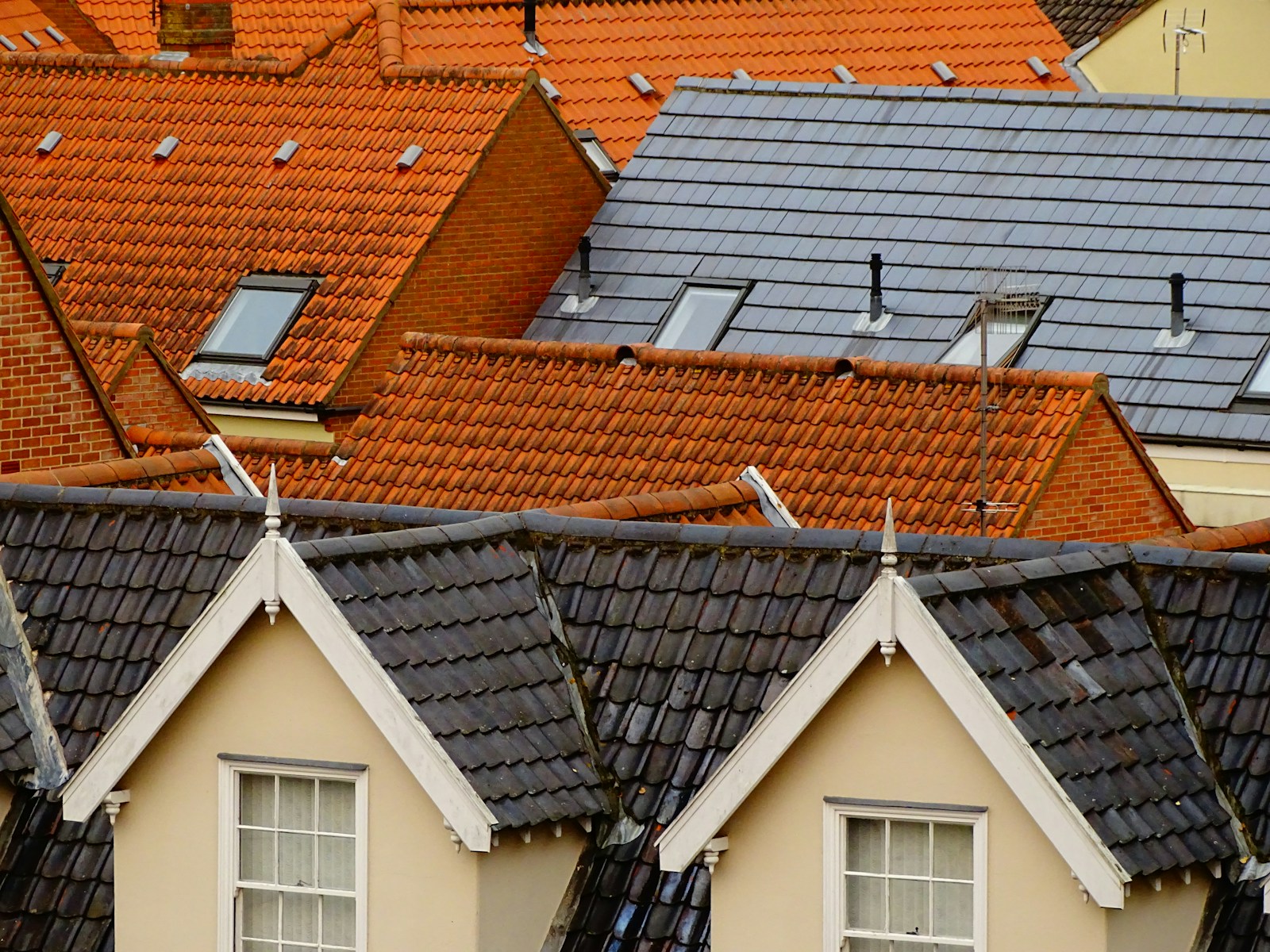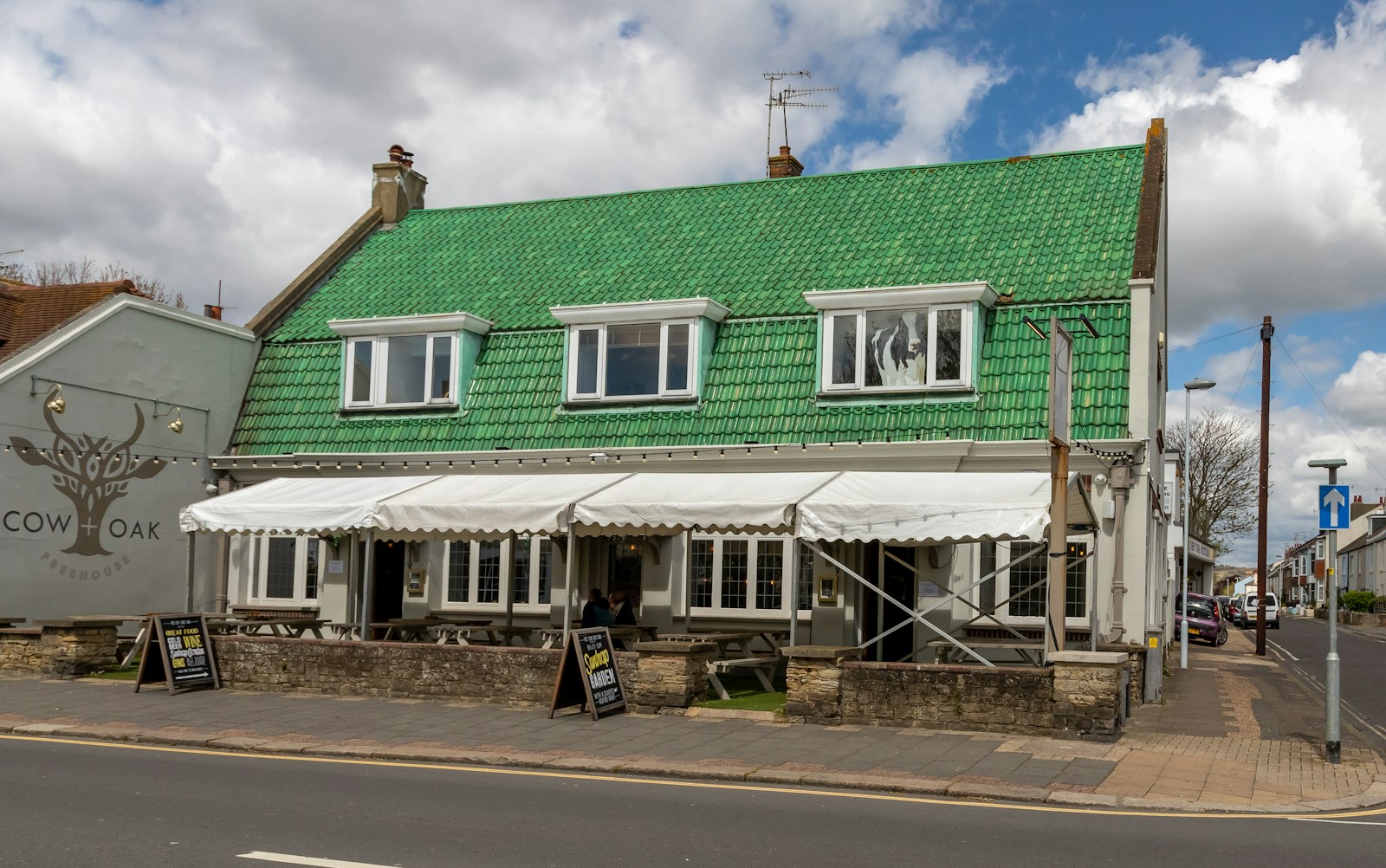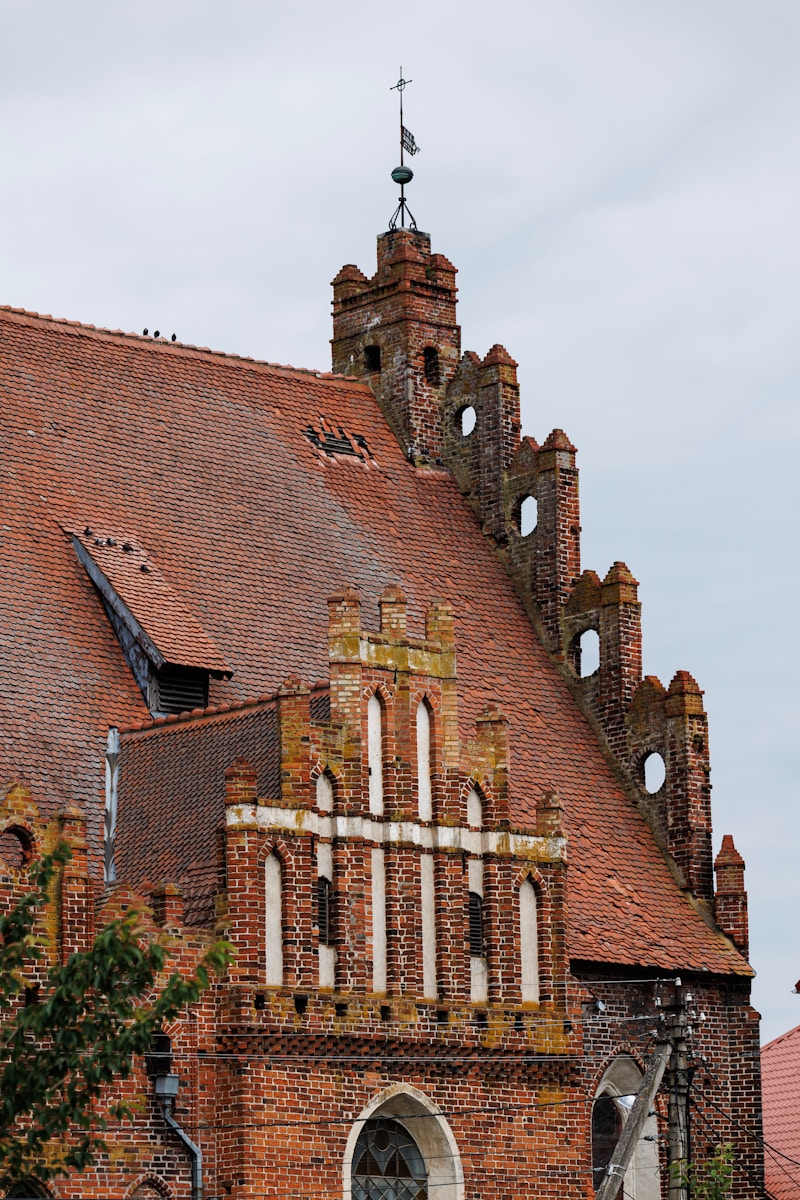Okay. So here’s the thing. Somewhere between choosing paint swatches and arguing with the contractor about metal flashing (which, by the way, no one warns you costs that much), someone might drop this nugget on you: roof color affects how hot your house gets. And yeah, at first, it sounds like one of those “Well, actually…” facts someone who wears socks with sandals tells you at a BBQ. But it sticks.
Turns out, it ain’t just random old-man wisdom. Color absorbs heat. Or reflects it. You probably already know that from wearing a black t-shirt in July and regretting every life choice. But when it comes to roofs… oof, it’s a bigger deal. Because once you bake your attic, you basically signed up for indoor sauna sessions. Free with rent.
Heat energy obeys the same laws of conservation as light energy. If a certain substance reflects most light wavelengths, most heat energy will be reflected as well. Therefore, due to the nature of visual light, colors that reflect most wavelengths of light tend to be cooler than those that only reflect a few. Understanding how this principle applies to different colors can allow a person to stay warmer or cooler simply by wearing different colored clothes.
https://www.sciencing.com/colors-absorb-heat-8456008/
Black Roofs: The Heat Magnets That Look Cool but Feel Like Hell
Let’s just start with black, because everyone loves a sleek black roof. Modern. Minimal. Sexy in a way asphalt shouldn’t be.
But holy hell — black roofs absorb heat like your cousin Jerry absorbs bad decisions. It’s just science, or maybe punishment. Whatever the technical reason, dark roofs suck in sunlight and hold it, like a grudge. That heat don’t just stay outside either. It creeps into the attic, then seeps through insulation (if it’s even properly installed, which… don’t get me started), and then before you know it — you’re sleeping in your underwear next to a Dyson fan that sounds like a jet engine.
Black doesn’t absorb light. In reality, what absorbs all the wavelengths of light (abbreviated as VIBGYOR) appears black (I suppose you got what I meant). Also, black is not a colour. Black is the absence of colour. Similarly, white doesn’t reflect light. What reflects light is white in colour and the reflection of all wavelengths of light makes an object appear white.
https://pcbpedia.home.blog/2019/10/05/why-black-absorbs-light-and-white-reflects-light/
Now, here’s the catch. In winter? It’s not entirely bad. That same heat absorption can shave off a bit of your heating bill. So in like… Canada? Or maybe Wyoming? Fine. But if you’re living in Phoenix or Florida? Why would you put a heat sponge on your house?
White Roofs: The Reflective Darlings of People Who Hate AC Bills
Ah yes. The white roof. Not exactly sexy, but surprisingly sensible. This is where we circle back to granddad’s place — corrugated tin roof painted with some reflective white coating that probably came out of a dented bucket with no label. He wasn’t trying to be trendy. He just didn’t want to pay a damn dime more than he had to.
White reflects sunlight. Not metaphorically. Actually reflects it. So your attic stays cooler, your AC doesn’t go into cardiac arrest, and you don’t feel like you’re walking into a microwave every time you come home.
Now, people might complain about the glare — like, yeah, it’s bright. But that’s a small price to pay when your electric bill doesn’t look like a car payment.
Gray, Tan, and “Greige”: The Emotional Support Colors
Here’s where it gets weird. You want your house to look nice, not like some weird lab experiment in thermal dynamics, so folks start gravitating toward the middle. The in-betweeners. The gray shingles. The dusty taupes. The greige. (Why is that even a word?)
These neutral shades? They’re like the Switzerland of roof colors. Not too hot. Not too cold. Just sorta… there. They absorb a bit of heat but not all of it. They reflect some sunlight, sure. But also don’t blind your neighbors.
Most of the solar radiation is absorbed by the atmosphere, and much of what reaches the Earth’s surface is radiated back into the atmosphere to become heat energy. Dark colored objects, such as asphalt, absorb radiant energy faster than light colored objects. However, they also radiate their energy faster than lighter colored objects. (The variations in how Earth’s surface absorbs heat from the Sun is called differential heating.)
https://www.noaa.gov/jetstream/atmosphere/transfer-of-heat-energy
They’re the safe bet. The kind of roof color that says, “I have a Costco membership and I keep my grass under 2.5 inches.” Functional. Fine. But a little boring, if we’re being honest.
Does It Really Make That Much of a Difference?
Okay, fine, so let’s get less philosophical and more numbersy for a sec. Studies — actual ones, not your neighbor’s conspiracy theory forum — have shown that roof color can cause indoor temperature swings of up to 20–30°F in some climates. That’s… huge. That’s the difference between “nice breeze” and “I’m sticking to my own furniture.”
And yeah, insulation plays a part. Ventilation too. But those are like trying to fix a leaky boat with a spoon if your roof’s cooking like a cast iron skillet at noon. You’re working against physics, buddy.
Also, side-note: some cities now offer cool roof incentives. As in — they will literally pay you or give you tax breaks to make your roof less of a heat hoarder. If your city’s throwing free money at your shingles, maybe take the hint?
The Curious Case of Green Roofs (Not What You Think)
Now when people say green roofs, they might mean the literal grass-covered kind, which is a whole other rabbit hole. But we’re talking actual green-colored shingles. Forest green, olive, whatever.
They look sharp. Almost rustic. But — and here’s the kicker — they tend to absorb heat similarly to dark gray or brown. Not quite black levels, but more than you’d expect. You get style points, sure, but maybe check your attic fan before making the call.
Also, someone on Reddit once claimed green roofs attract less bird poop. I don’t know if that’s true, but I respect the creativity.
Roofing Material + Color = A Tangled Mess
Oh yeah, forgot to mention this mess — it’s not just color. It’s color and material. A white metal roof is wildly different from a white asphalt shingle one. Metal reflects heat better. Tile stays cooler longer but can crack like your patience during family holidays.
So like… you could technically get a dark clay tile roof that doesn’t roast your ceiling beams, but good luck affording it. Those things cost more than a small boat.
Oh and don’t even bring up “cool roof” coatings unless you’re ready to go down a YouTube rabbit hole of people yelling about albedo like it’s a religion.
Real Talk: Climate Should Pick the Color, Not Your HOA
Look, you can argue about aesthetics all day long, but at some point, logic has to drag itself into the conversation. If you live somewhere where the sun turns sidewalks into frying pans by June? Please don’t pick a black roof just because the design magazine said it was “modern farmhouse chic.” That’s not design — that’s self-sabotage.
Flip side — if you’re in Minnesota and get six months of “Why does my car battery hate me?” then sure. Let your roof suck up every drop of solar warmth it can. It’s survival, not style.
TL;DR? Nah, Just Think Before You Shingle
So yeah. Roof color matters. Not in a “spiritual aura” kind of way. In a “my electric bill is ruining my life” kind of way.
But it’s more than that. It’s about thinking a bit longer than 5 seconds before you say “Yeah, that charcoal gray looks cool.” Because when you’re sweating through your sheets in July, cool won’t mean squat.
Also, let’s be real — 90% of people who bought black roofs never even asked about the heat thing. They just went “Ooh. Matte.”
And then they suffer. Silently. Sweaty and silent.
So… ask. Ask before you shingle. Ask twice if your AC is older than your last pet. Maybe even argue with your contractor a little. Because this ain’t just paint. It’s your ceiling’s mood. Your attic’s attitude. And your electric meter’s worst nightmare.

